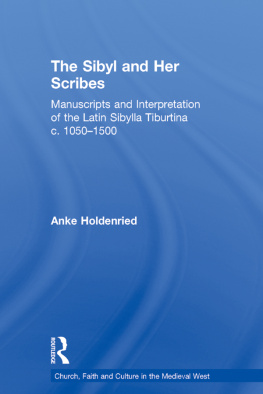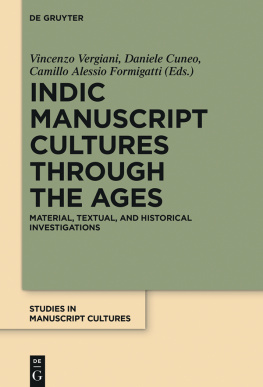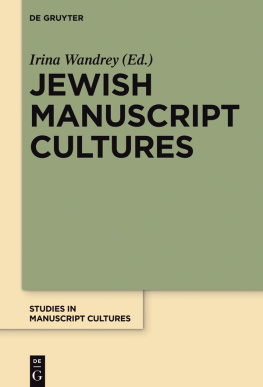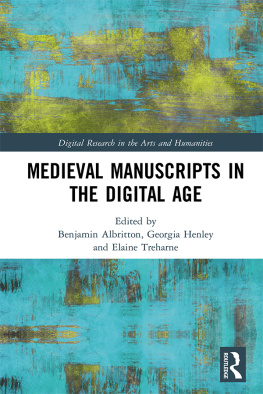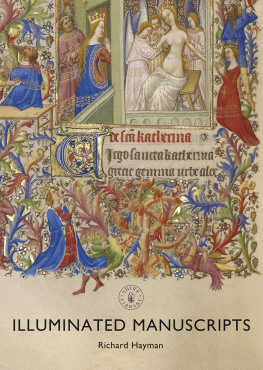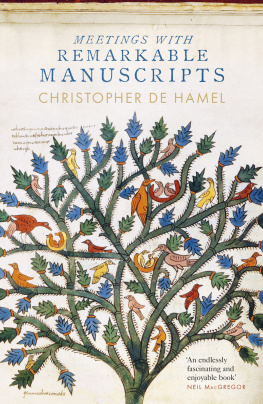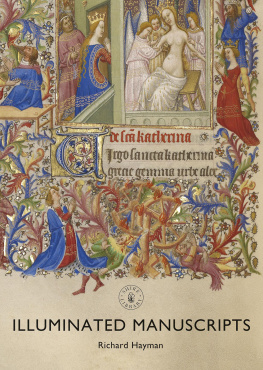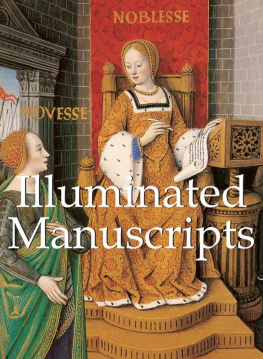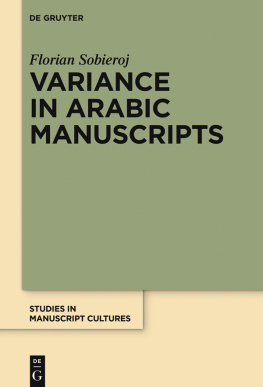Church, Faith and Culture in the Medieval West
General Editor: Brenda Bolton, with Anne J. Duggan and Michael E. Goodich
About the series
The series Church, Faith and Culture in the Medieval West reflects the central concerns necessary for any in-depth study of the medieval Church greater cultural awareness and interdisciplinarity. Including both monographs and edited collections, this new series draws on the most innovative work from established and younger scholars alike, offering a balance of interests, vertically through the period from c.400 to c.1500 or horizontally across Latin Christendom. Topics covered range from cultural history, the monastic life, relations between Church and State to law and ritual, palaeography and textual transmission. All authors, from a wide range of disciplinary backgrounds, share a commitment to innovation, analysis and historical accuracy.
About the volume
The Sibylla Tiburtina is a Latin prophecy attributed to a prophetess from classical antiquity. It concludes with an account of the End of History, involving the coming of the Antichrist and his battle with a Last World Emperor. Approximately 100 manuscripts, written between the mid-11th and the 16th centuries, survive which testify to the Tiburtinas immense popularity in the medieval West; as such the Tiburtina is a key text for understanding medieval apocalypticism and occupies an important place in the intellectual history of the Middle Ages. However, studies of the manuscripts and the history of the text have been largely neglected, in comparison with other similar works, so little is currently known about who copied and read the prophecy. Dr Holdenrieds research fills this gap. This study is based on an examination of all surviving manuscripts and includes an analysis of the textual material which accompanies the Tiburtina, a survey of titles and annotations, as well as research on variant texts (including several hitherto unknown).
Modern historiography regards the Tiburtina solely as a vehicle for expressing contemporary political concerns triggered by crises thought to herald the End of the World. This book provides a much more varied picture and offers a new approach to the Tiburtina by placing it, for the first time, in the context of medieval traditions which saw Sibylline prophecy as independent, non-Christian evidence of Christs life and as confirmation of His divinity. As is shown, these traditions had a major impact on the reception of the Tiburtina. The book concludes with a repertory of the manuscripts, together with brief outlines of individual textual traditions as represented in groups of manuscripts, which will constitute a valuable reference source for other scholars.
About the author
Dr Anke Holdenried is Lecturer in Medieval History in the Department of Historical Studies at the University of Bristol, UK.
Church, Faith and Culture in the Medieval West
General Editor: Brenda Bolton, with Anne J. Duggan and Michael E. Goodich
Other titles in the series:
Gillian R. Knight
The Correspondence between Peter the Venerable and Bernard of Clairvaux
A Semantic and Structural Analysis
Michelle Still
The Abbot and the Rule
Religious Life at St Albans, 12901349
Sylvia Schein
Gateway to the Heavenly City
Crusader Jerusalem and the Catholic West (10991187)
Edited by Brenda Bolton and Anne J. Duggan
Adrian IV The English Pope (11541159)
Studies and Texts
Richard Kay
The Council of Bourges, 1225
A Documentary History
Damian J. Smith
Innocent III and the Crown of Aragon
The Limits of Papal Authority
Edited by Kathleen G. Cushing and Richard F. Gyug
Ritual, Text and Law Studies in Medieval Canon Law and Liturgy
Presented to Roger E. Reynolds
First published 2006 by Ashgate Publishing
Published 2016 by Routledge
2 Park Square, Milton Park, Abingdon, Oxon OX14 4RN
711 Third Avenue, New York, NY 10017, USA
Routledge is an imprint of the Taylor & Francis Group, an informa business
Copyright 2006 Anke Holdenried
Anke Holdenried has asserted her moral right under the Copyright, Designs and Patents Act, 1988, to be identified as the author of this work.
All rights reserved. No part of this book may be reprinted or reproduced or utilised in any form or by any electronic, mechanical, or other means, now known or hereafter invented, including photocopying and recording, or in any information storage or retrieval system, without permission in writing from the publishers.
Notice:
Product or corporate names may be trademarks or registered trademarks, and are used only for identification and explanation without intent to infringe.
British Library Cataloguing in Publication Data
Holdenried, Anke
The Sibyl and Her Scribes: Manuscripts and Interpretation of the Latin Sibylla Tiburtina
c. 10501500 (Church, Faith and Culture in the Medieval West)
1. Latin literature, Medieval and modern History and criticism. 2. Manuscripts, Latin
(Medieval and modern). 3. Prophecy Political aspects Europe History To 1500.
4. Prophecy in literature. 5. Apocalypse in literature. 6. Transmission of texts. 7. Europe
Intellectual life. I. Title.
878.0309382
US Library of Congress Cataloging in Publication Data
Holdenried, Anke, 1967
The Sibyl and Her Scribes: Manuscripts and Interpretation of the Latin Sibylla Tiburtina
c. 10501500 / Anke Holdenried.
p. cm. (Church, Faith and Culture in the Medieval West)
Includes bibliographical references (p. ) and index.
1. Oracula Sibyllina. 2. Manuscripts, Latin (Medieval and modern). I. Title. II. Series.
BF1769.H65 2004
888.01dc22
2004011461
ISBN 9780754633754 (hbk)
Typeset by Owain Hammonds, Ceredigion.
The research for this study was carried out over an extended period, at postgraduate and postdoctoral level. My work was able to grow due to the support I received from many individuals and institutions. I owe a particular debt of gratitude to Daniel Verhelst, who furthered my work by generously making his list of unpublished Tiburtina manuscripts available to me. Many manuscript references would not have come to my attention otherwise, even with the aid of electronic manuscript catalogues. Thanks are also due to Robert Lerner for contributing further manuscript references, and to Bernard McGinn for sharing his insights on the textual development of version IV of the Tiburtina. I am also indebted to my PhD supervisor David DAvray, who has liberally given his time and offered essential critical commentary. At a later stage I benefited from the support I received at the History Department of the University of Leicester, which not only gave me the opportunity to teach apocalypticism but also supported my research by appointing me to the position of Honorary Research Fellow.
Next, I would like to thank the UCL Graduate School for its Research Fund Award which enabled me to collect manuscript material and, in particular, the Institute of Historical Research London for its award of a Scouloudi History Research Fellowship. At postdoctoral level I was fortunate to receive a Heckman Stipend at the Hill Monastic Manuscript Library, as well as a British Academy Small Research Grant, and to be the holder of the Lester J. Cappon Fellowship in Documentary Editing at the Newberry Library, Chicago, IL. Without the support of these institutions it would not have been possible to study the large manuscript tradition of the Tiburtina.

